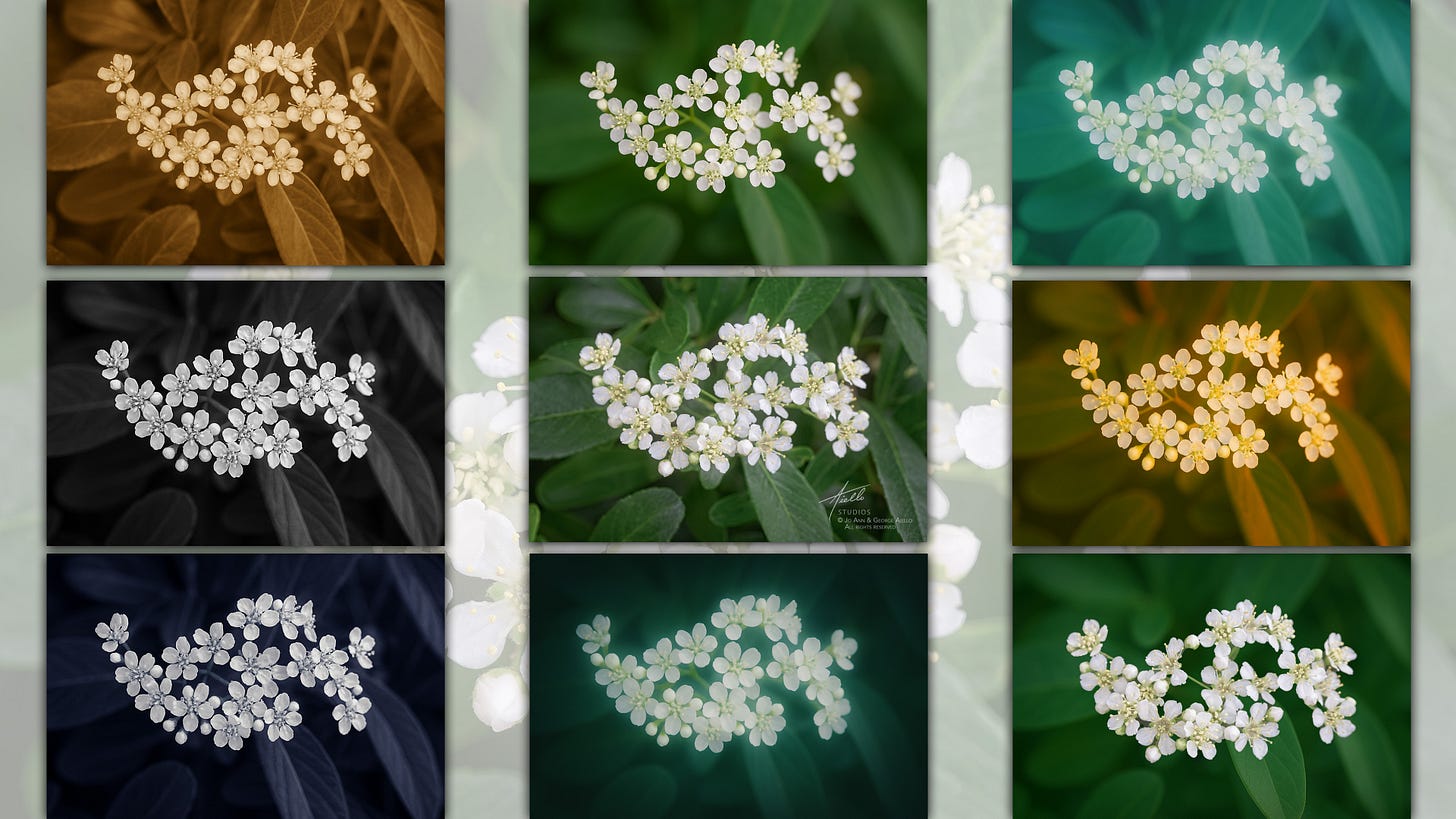Using ChatGPT to Edit Photographs
We asked ChatGPT to apply various subtle edits to a real photograph. Here's what we learned, along with access to a mini-course and guide.

Can ChatGPT Really Handle Subtle Photo Edits?
As photographers, we're accustomed to working with tools like Photoshop and Lightroom, which give us complete control over every pixel. However, we have recently begun experimenting with a different kind of image editor, ChatGPT, which now features built-in image tools accessed through conversational text. The question we set out to answer: Can this conversational AI help us make subtle edits to real photographs without losing their integrity?
We weren’t looking to generate fantasy landscapes or AI art from scratch. Instead, we wanted to test basic, photographer-friendly edits like:
Applying a soft color tone or sepia tint
Blurring the background (like a shallow depth of field)
Converting to black and white
Adding a vignette without touching the subject
Creating subtle mood changes through warmth, coolness, or glow
Removing elements using generative fill
We used the same reference image for every test and gave each instruction in plain language, just like you might if you were asking an assistant to “warm this up a bit” or “darken the edges, but leave the subject alone.” And yes, we iterated... a lot.
What We Found
ChatGPT’s strength lies in conversation. No settings. No layers. No sliders. No masks. You can refine, rephrase, and build on each result without starting from scratch. The edits aren’t pixel-accurate, and there’s no masking or adjustment layers. But with the proper phrasing—and some patience—the results can be surprisingly close to what you'd expect from more conventional editing tools.
In our case, it wasn’t about replacing Photoshop. It was about exploring a new workflow that blends photographic structure with AI-generated interpretation. And sometimes, it worked better than we expected.
The Future of AI Editing?
We expect AI tools to improve significantly in the next year or two, offering even finer control over subtle and transformative edits. Another emerging platform we’re watching closely is Flux Kontext, which is available in Leonardo AI and other platforms. We’ll be reviewing it soon in one of our upcoming guides. Watch this space.
Adobe continues to expand its AI features as well, and we anticipate seeing further convergence between traditional editing software and AI-driven workflows.
ChatGPT Cost – We are not compensated by OpenAI.
The photo editing features of ChatGPT require the ChatGPT-Plus subscription and GPT-4o model. They charge $20 per month for this. The good news is that their subscriptions are month-to-month, so you can try it for a month and cancel your subscription if you decide to discontinue.
Want to Learn More? Access the Mini-Course – Available to Paid Subscribers
We’ve compiled our prompts, test results, and commentary into a mini-course. It includes:
A 24-page eBook
A complete walkthrough of 7 subtle editing features
Tips and examples for refining your prompts and guiding results
What worked well—and what didn’t
How ChatGPT compares to traditional tools like Photoshop
Insights into where AI photo editing may be headed
A Photo Editing Checklist PDF you can use as a guide to easily try out the examples with your own photographs
A quick quiz to help reinforce what you’ve learned
Keep reading with a 7-day free trial
Subscribe to AI Photography Training to keep reading this post and get 7 days of free access to the full post archives.

